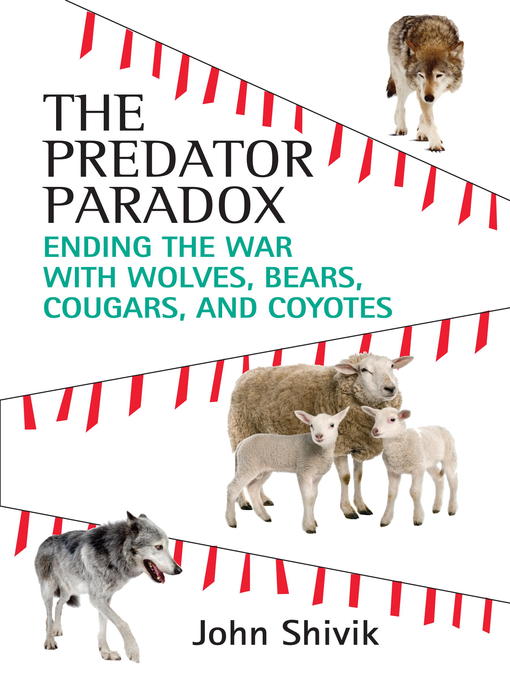
The Predator Paradox
Ending the War with Wolves, Bears, Cougars, and Coyotes
کتاب های مرتبط
- اطلاعات
- نقد و بررسی
- دیدگاه کاربران
نقد و بررسی

March 10, 2014
Shivik, a leader in the field of nonlethal predator control, lays out the difficulties in supporting healthy predator populations while trying to protect humans, as North Americans are “on a collision course with remaining and rebounding populations of wolves, bears, cougars, and coyotes.” Although humans are far more likely to be killed by a deer than one of its natural predators, we instinctively fear the latter. The argument against killing predators arose with the environmental movement, and Shivik addresses that history, the concerns of farmers, and the American sense of entitlement of cheap food. He follows researchers of predator behavior as they attempt to develop means of dissuading the animals from killing livestock and frequenting human recreation and living areas. Shivik notes, “While effective nonlethal methods for preventing predation exist, there is no one-size-fits-all solution.” Dealing with the wildlife is only part of the equation, as “managing animals is difficult, but managing people is hell.” Predators provide tremendous benefits to ecosystems, but there are “costs and difficulties of managing them.” Shivik concludes with the hopeful example of Churchill, Manitoba, where polar bear tourism tenuously coexists with town life without resort to lethal force. Both ranchers and predator advocates will have something to learn from Shivik’s survey.

April 1, 2014
Biologist and wildlife management expert Shivik unravels the hydra-headed conundrum confronting ranchers and urban and rural individuals seeking solutions for controlling wolves, bears, cougars and coyotes in the 21st-century American landscape. "The predator paradox is about the interface of humans, animals, and environment, and not about an easy, clear morality from a distance," writes the author. "It is about the people and animals that we impact, either directly or within a few degrees of separation." Each year, federal agents kill more than 90,000 wolves, bears, cougars and coyotes, and other agencies and citizens also have strong opinions concerning the role these large predators should or should not play in our lives. Often when biologists lead public hearings focused on predator control, the meetings "tend to become vituperative eruptions" rather than sessions of reasoned discourse. "How different people approach or answer those questions tells a lot about how widely fundamental human values can differ," Shivik writes. The author explores the experiments by scientists searching for methods for nonlethal control of predators, and he discusses different behaviors among the various predator groups as well as between individual animals. Shivik surveys the issue from the point of view of ranchers and farmers whose livelihoods are tied to making a living off the land, and he recounts the bloody history of predator control in the United States, describing the role played by Wildlife Services today. Ultimately, the author stresses that each of us "have a certain responsibility to understand and act on wildlife issues, rural and urban, distant and near." Shivik's style makes the science accessible and relevant for general readers. The narrative is carried by the author's insights, admonitions and the engaging profiles of those working to resolve the predator paradox.
COPYRIGHT(2014) Kirkus Reviews, ALL RIGHTS RESERVED.

























دیدگاه کاربران